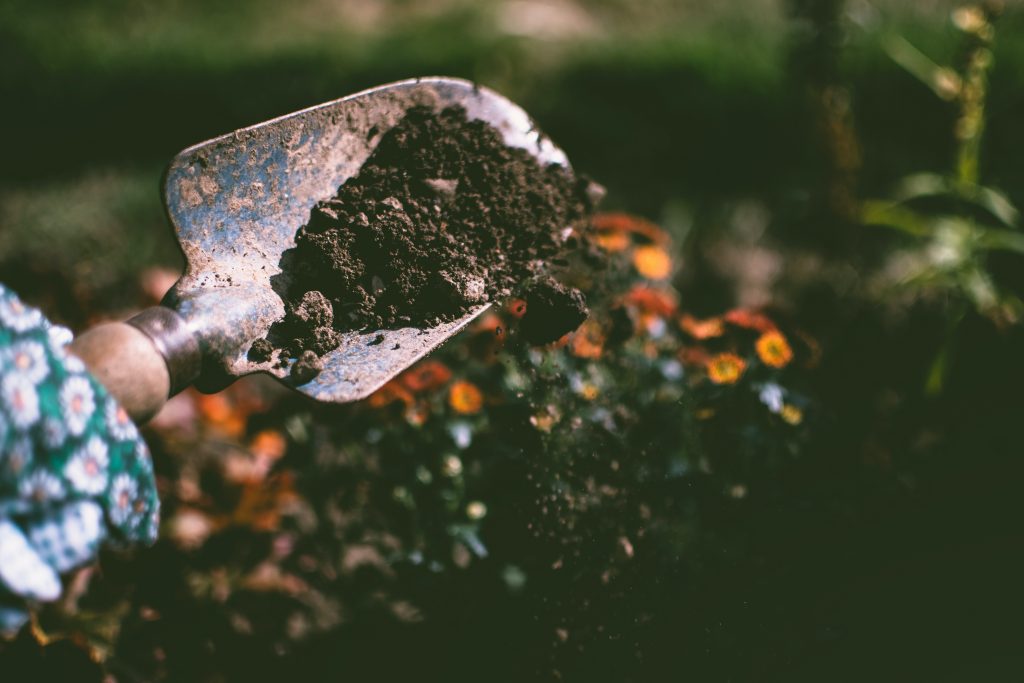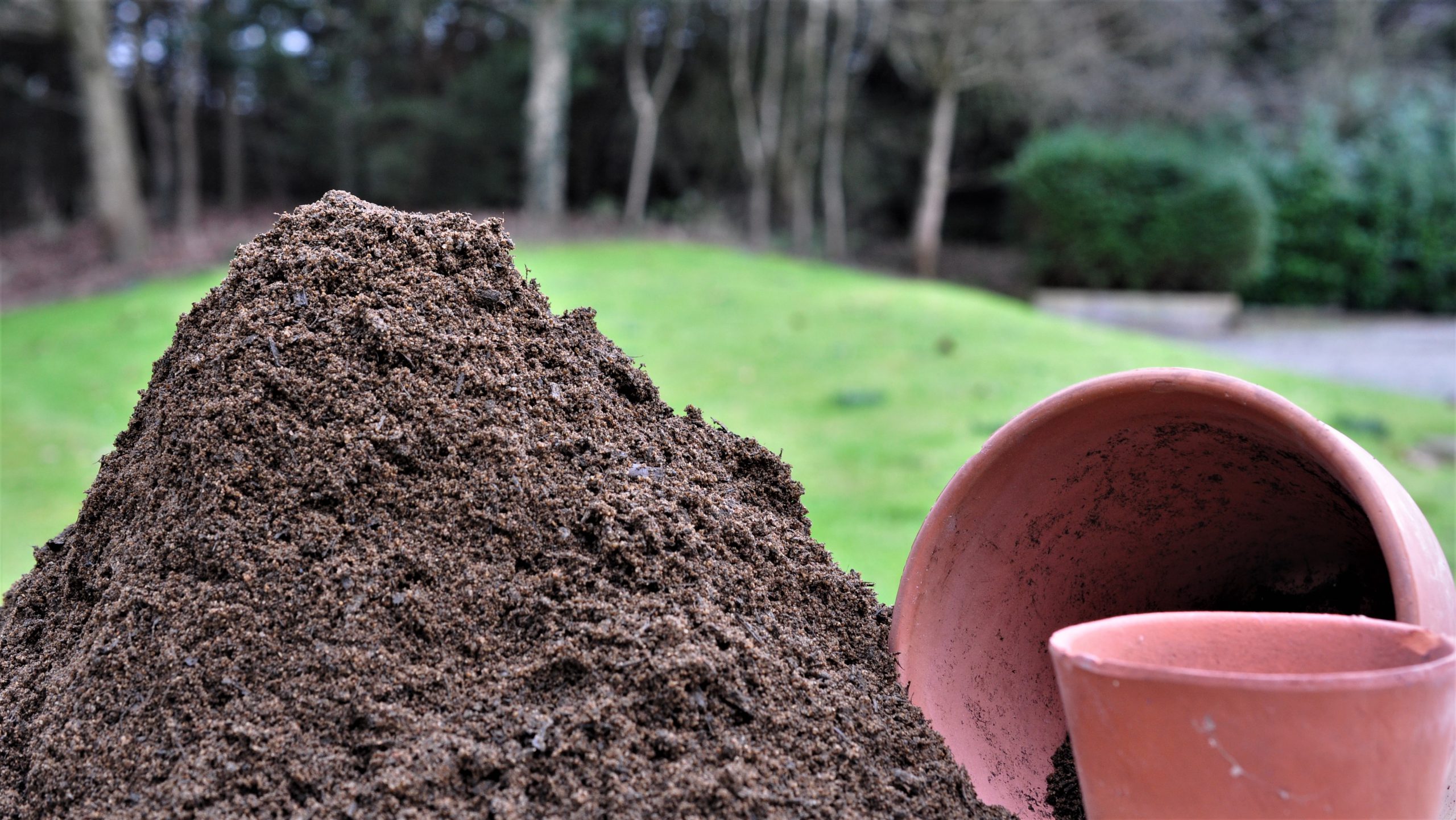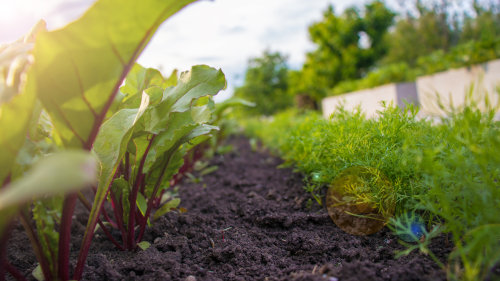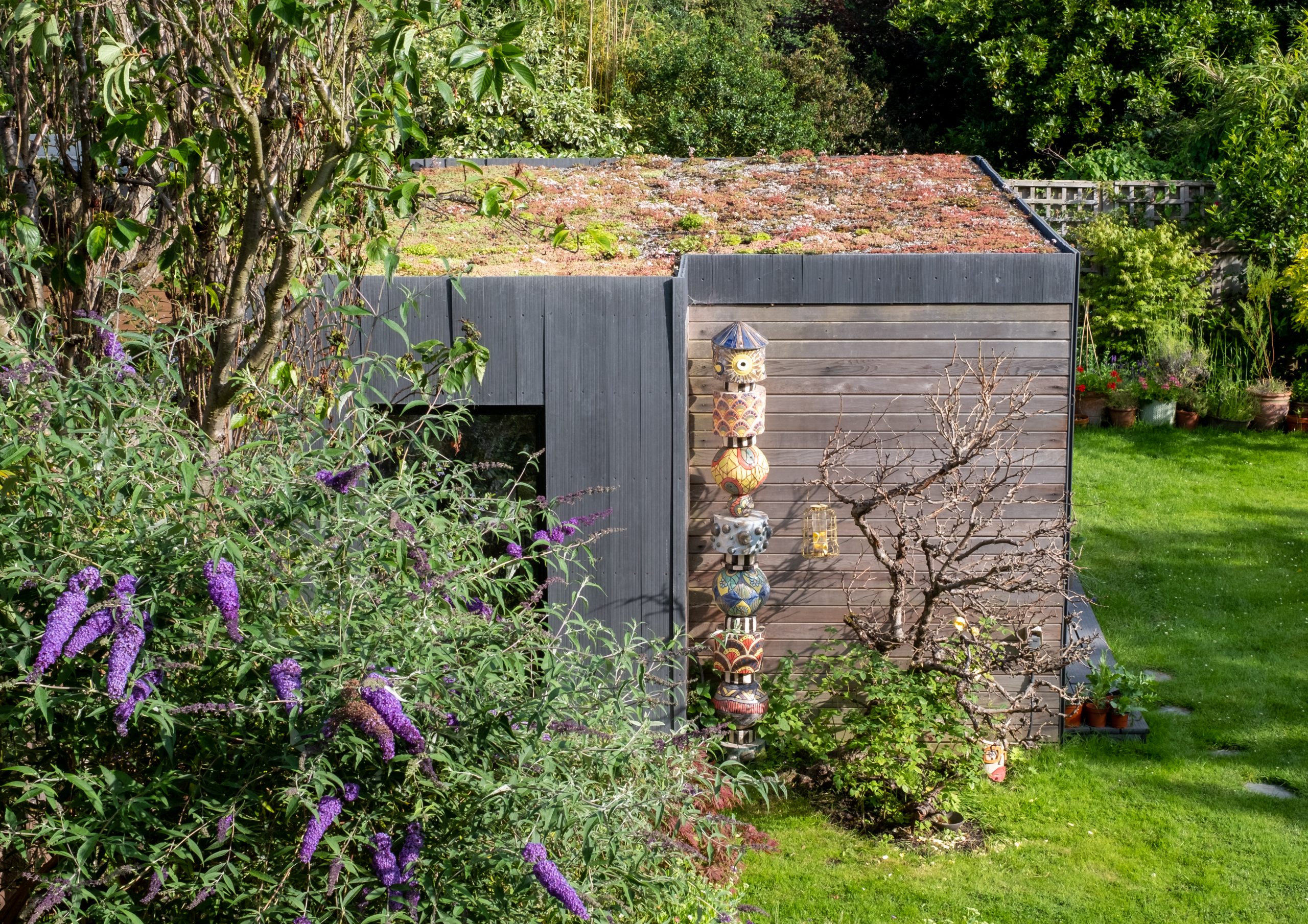Making the most of our soil is a top priority for any discerning gardener. Biologically, chemically and physically, soil is a more complex medium than many people think – and if you know how to work it to your advantage, and to your specific gardening needs, you can get excellent results.
To help you in the quest for the most healthy, suitable soil, we’ll take you through some of the most commonly asked questions about soil health. Of course, answers will vary a little depending on the soil type in question, so bear this in mind.
How do I know if my soil is healthy?
Firstly, take a look at it. A healthy soil should ideally be a dark brown colour. You can also check your plants to see if they are healthy. Browning or yellowing leaves could be a sign of nutrient deficiencies in the soil, and if weeds are taking over, that could be another clear indicator as weeds are far more tolerant of poor soil conditions than other plants.
Another way of assessing soil health is to grab a handful of it and roll it between your fingers. Healthy soil should ideally break apart into differently-sized crumbs which should hopefully hold their integrity under a little pressure. Too hard, and it may take a lot of pressure to break it up. Soil that is tough to work and breaks up into big clumps can also be a sign of hard soil. To test soil compaction a little better, take a wire and push it into the soil – if the wire bends near the surface, then your soil could be too compacted, and its health may suffer as a result.
One other sign of healthy soil is the presence of earthworms and other organisms. Simply by digging down around 6 inches, you can observe how much your soil is thriving by noting the organisms you can see. A healthy soil should be rich in varied organisms.
How to improve soil health
If you’ve noticed that your soil is not as healthy as you would like, identifying the issue is the first step to improving it.
Adding mulch or compost can revive a struggling soil by introducing more nutrients and organic matter. You may also want to add nutrients through fertilisers if you identify that one or more is lacking.
If you’re growing crops, make sure you rotate the planting location between different patches over time. Repeatedly growing crops in the same spot year-on-year can deplete the nutrients.
To avoid soil compaction, you may want to create designated walkways or paths throughout your garden space to prevent people from walking over the growing areas, and thus compacting the soil,
Which soil is most permeable?
Generally speaking, sandy soils are the most permeable while soils that have a higher proportion of clay particles tend to reduce drainage and permeability. It’s important to check what levels of permeability you will require for your specific needs, as this may vary. Though, you should also be aware that soils which drain too quickly, such as very sandy soils, may also be detrimental as water and therefore nutrients will not be held in the soil long enough for plants to benefit.

What are some signs of poor soil drainage?
One way of testing if your soil drainage is poor is by digging up a plant and examining the roots. If the roots are dark, limp or mushy, then this could be a sign of poor drainage or aeration. Stunted growth can also shine a light on poor drainage. Growth of moss is another sign of poor drainage so make sure to remove the moss and then rectify the problem.
Another tip is to pour a glass of water onto your soil, and if the water is absorbed into the soil within around 5 seconds or so, this is an indicator of good drainage. Water that sits on top of the soil for a little too long could indicate compaction or a lack of aeration.
How to improve soil drainage
Compost is a well-aerated medium with plenty of valuable air pockets to enhance drainage, so mixing in some compost with your soil can boost overall water movement in the soil.
Moving earthworms into areas of your garden which experience poor drainage is another trick for boosting aeration, as earthworms can assist in reducing soil compaction by digging holes. The excretions, or ‘casts’, from the earthworms can also help the soil retain nutrients better, as well as increasing water retention.
You can also gently aerate the soil using a small fork to break up compaction and aid drainage, or even install a drainage system into your garden with pipes.
Searching for soil that will enrich your garden? Here at Chargrace Soils, we supply a wide range of soil types and mixes to suit any needs, ranging from sandy loam and topsoil all the way to low-fertility options for wildflower areas. Whatever you need, we can deliver to customers across the UK, including Kent, Bromley and Sevenoaks.


